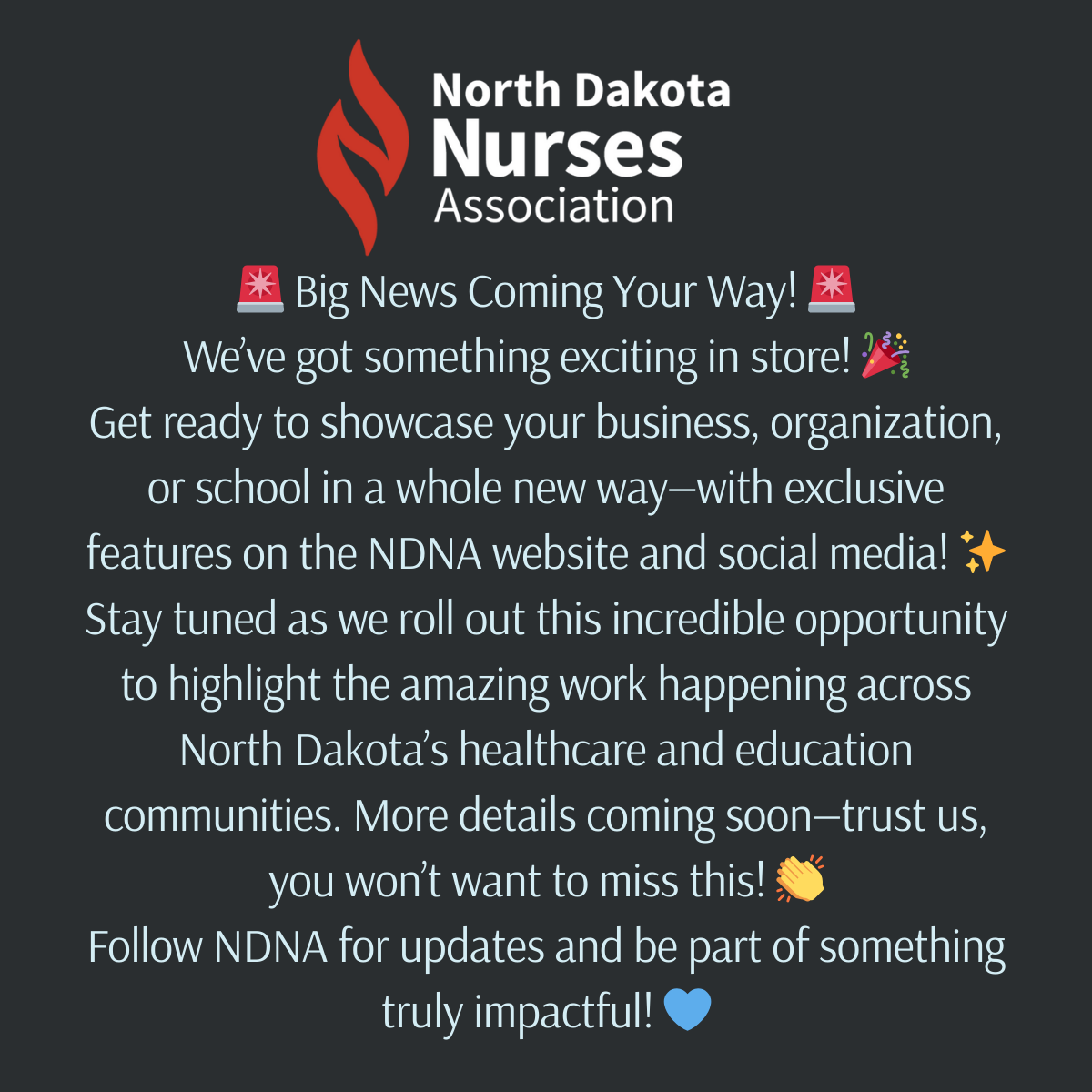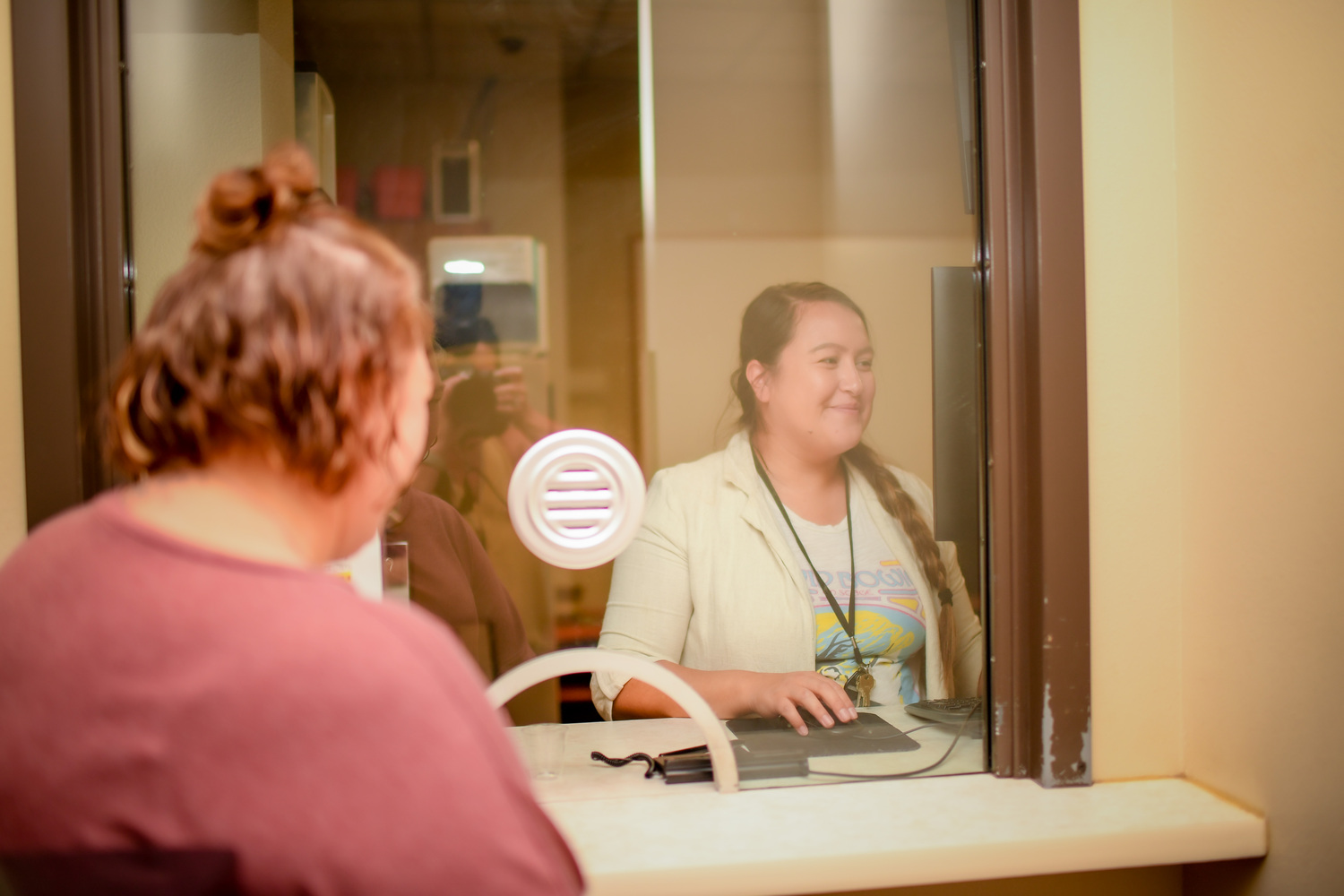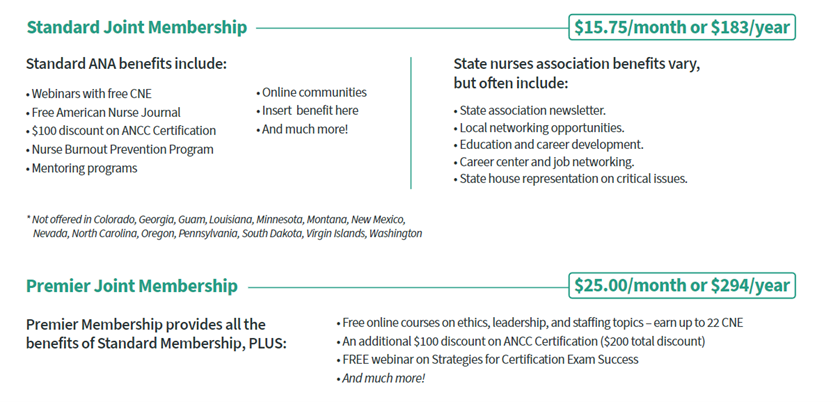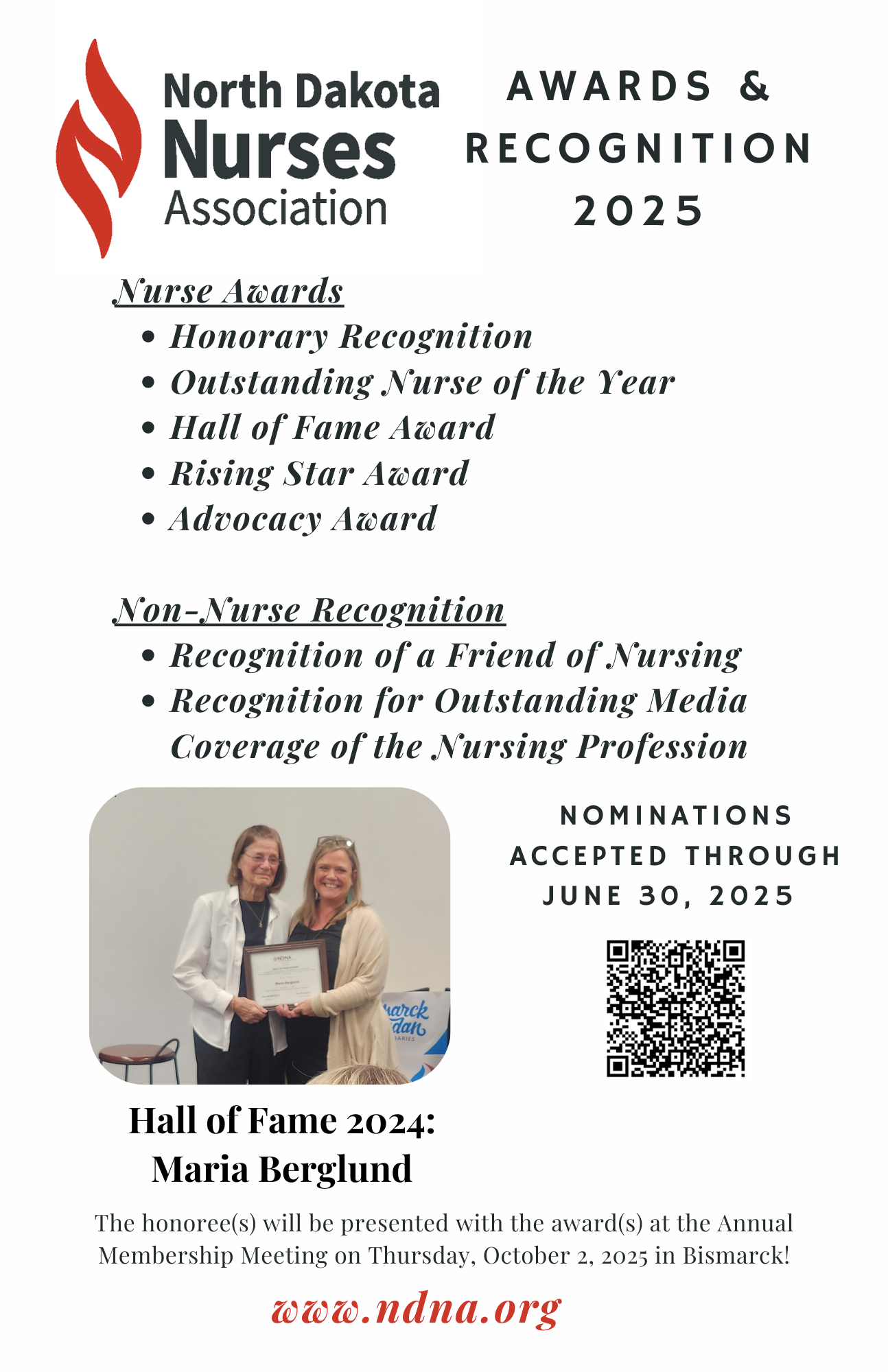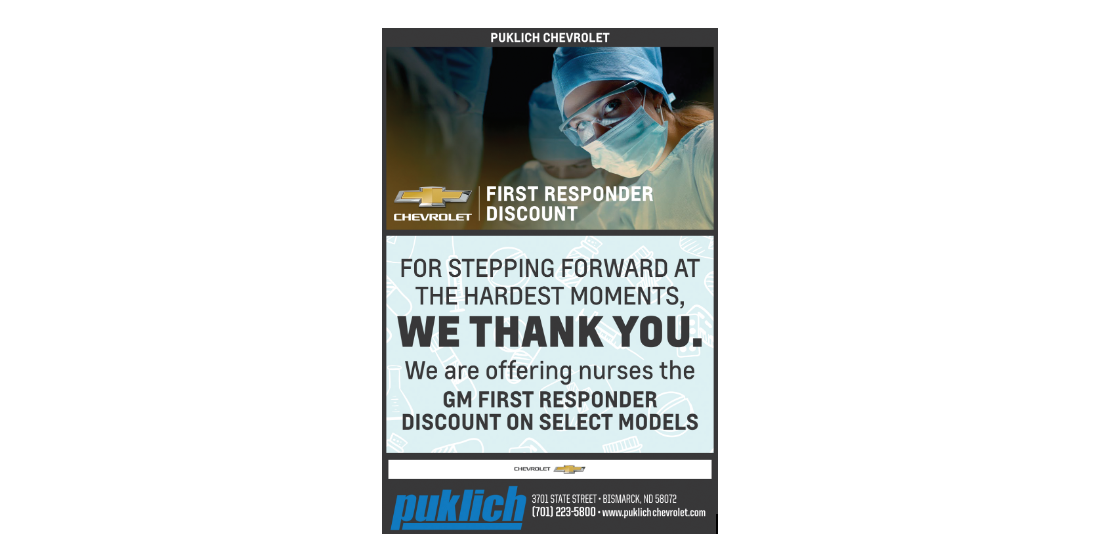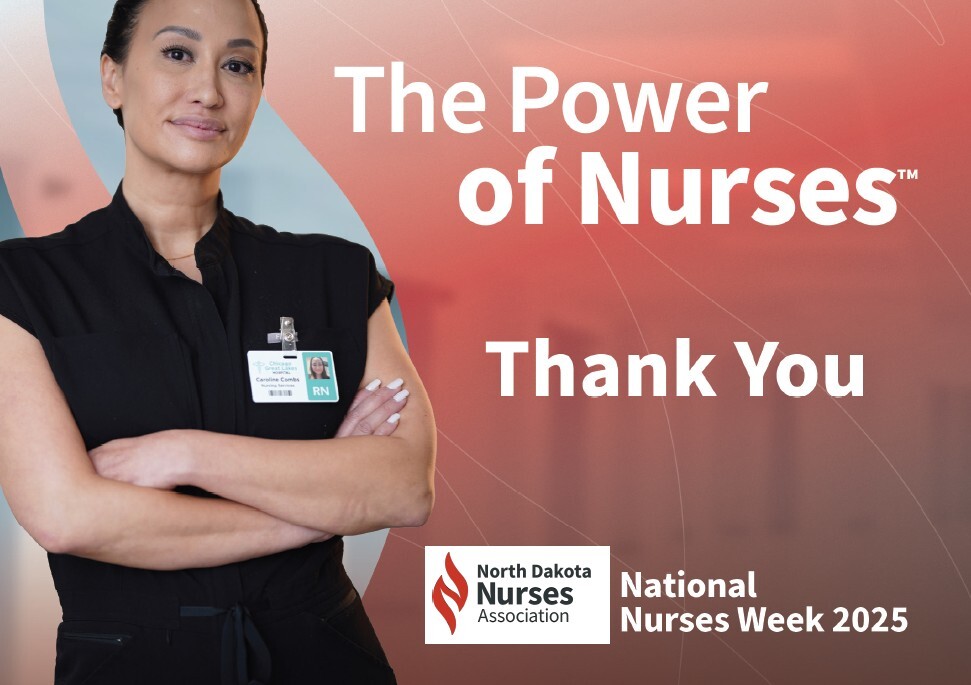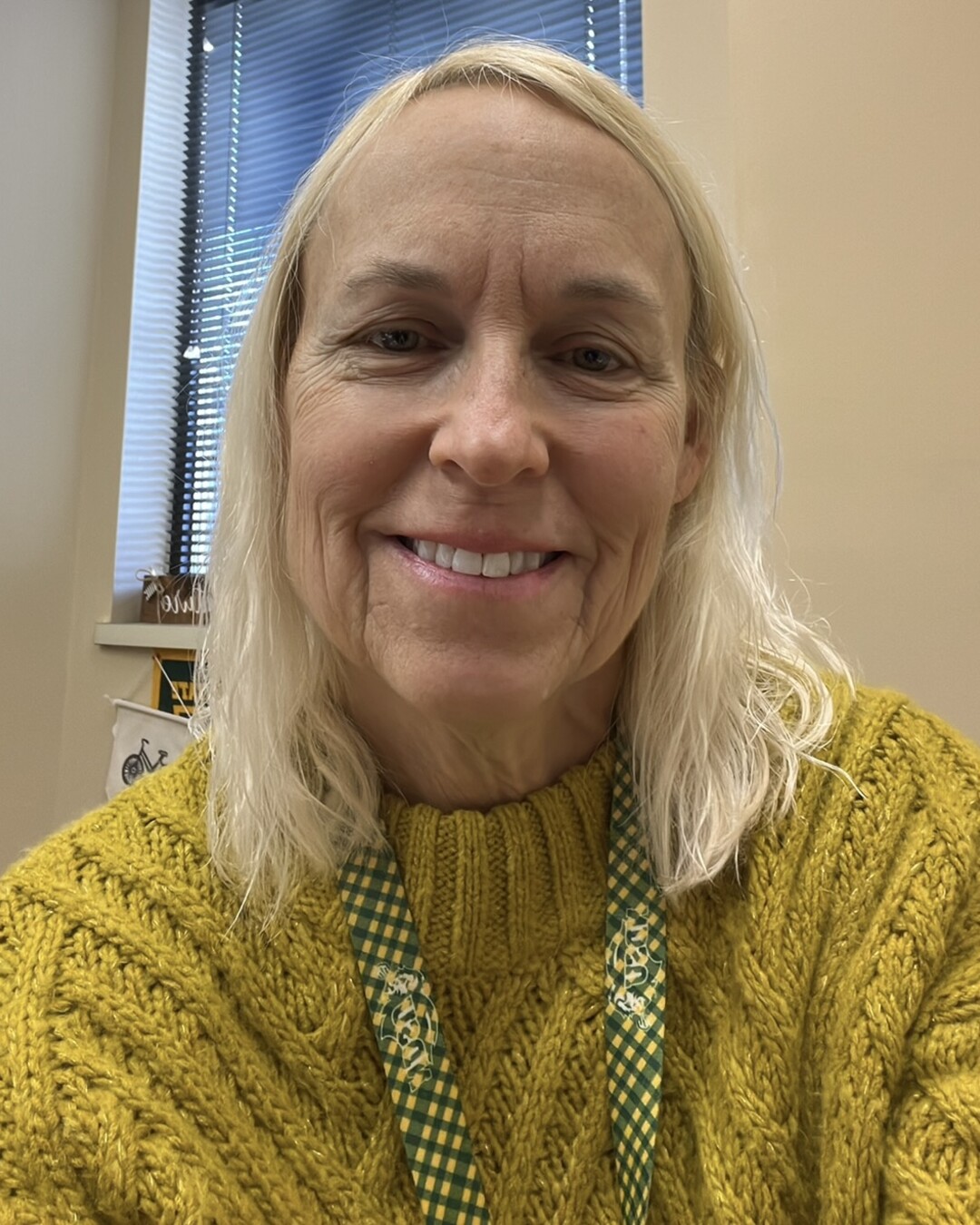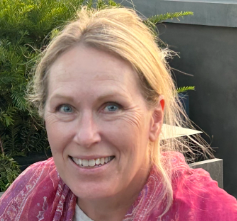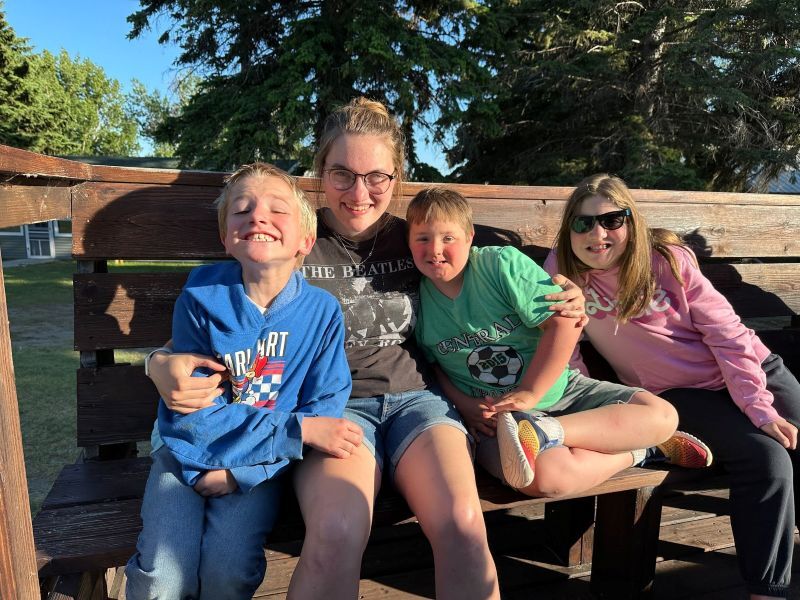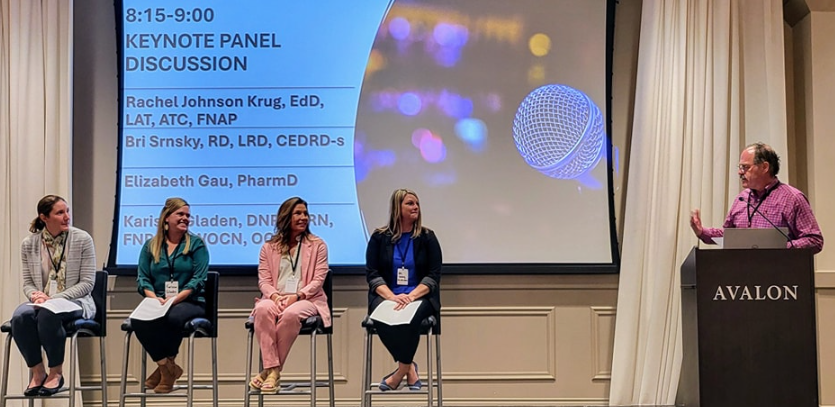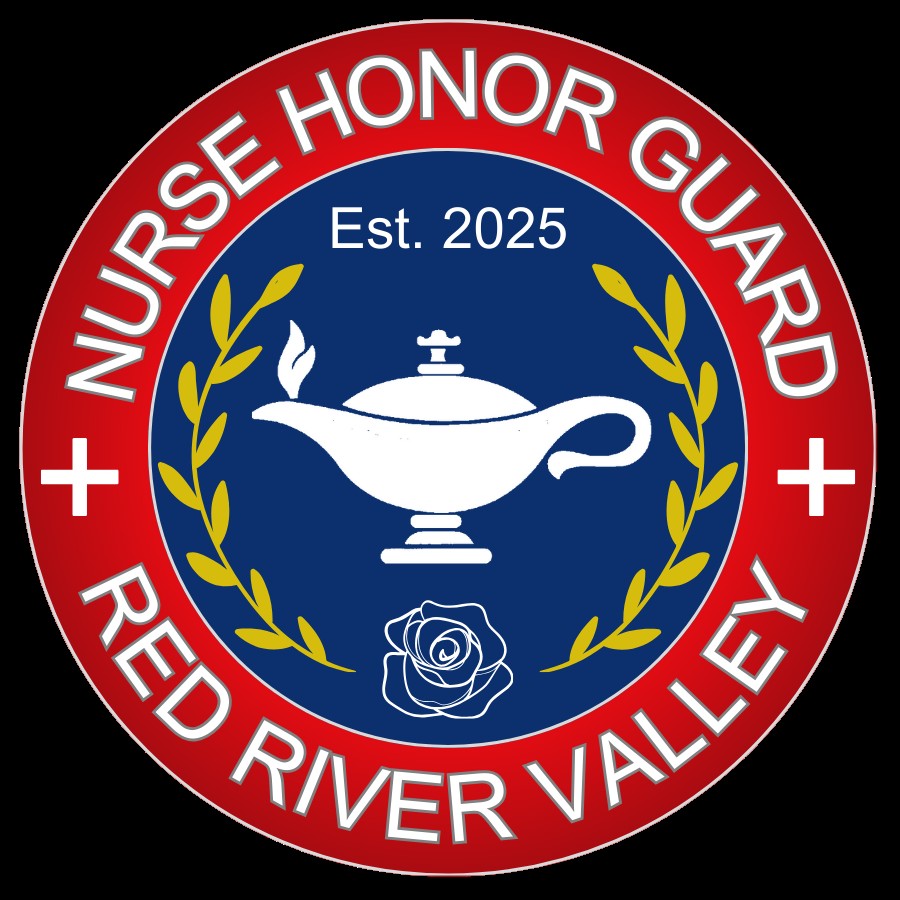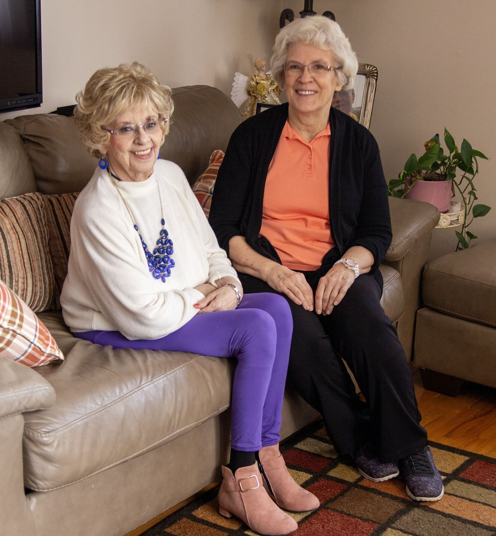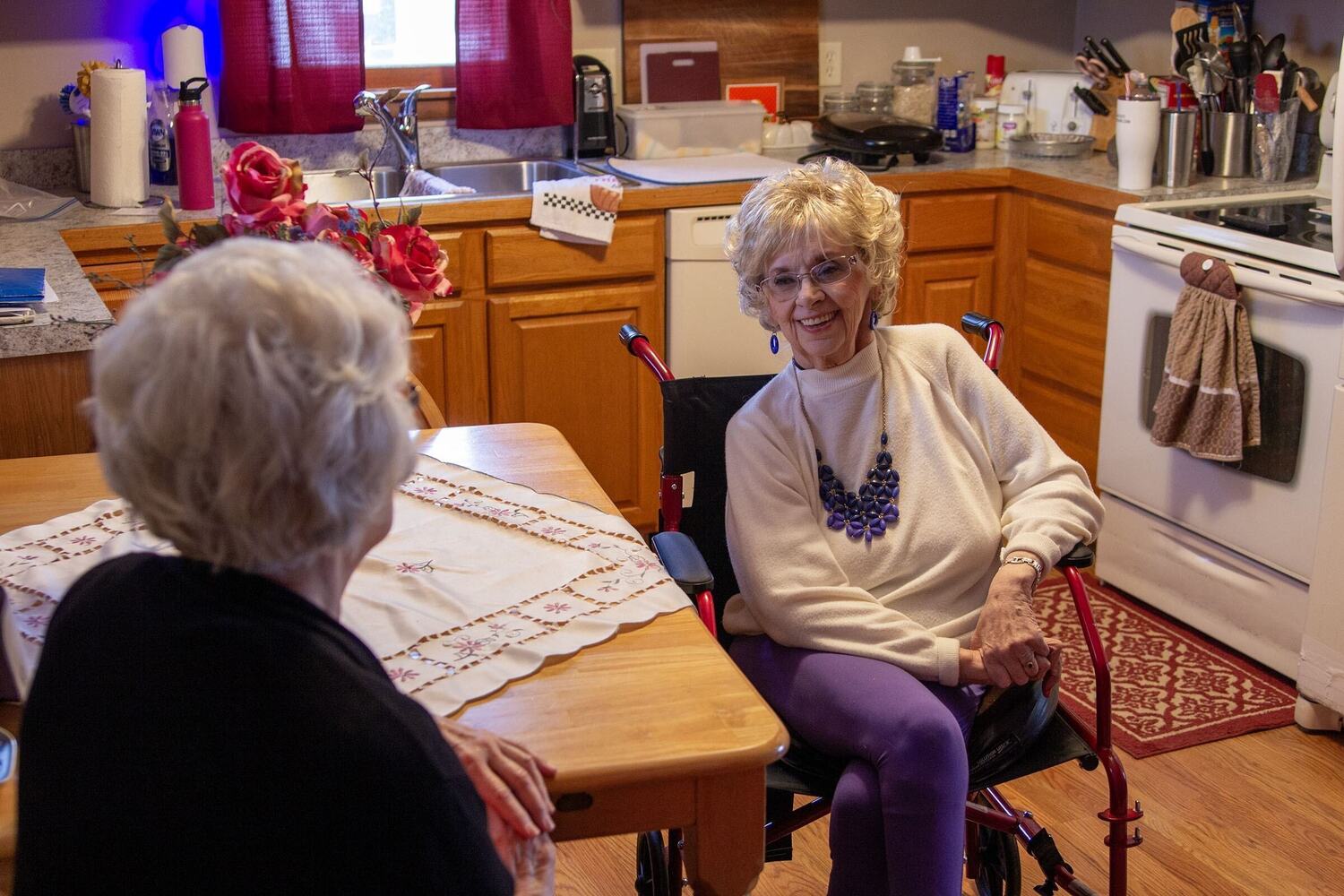During the COVID-19 pandemic, all hands were needed to support patient care in health systems. Across the world, non-essential work was put on hold to provide as much assistance as possible to the frontline staff caring for patients experiencing the COVID-19 virus. Despite limited resources and multiple barriers to engaging in research, the spirit of inquiry was alive in the largest rural health system in the country. This paper provides an overview of a strategic initiative that took place in the health system during COVID to engage clinical nurses in a multi-site research study. Interestingly, our process aligned with The American Nurses Credentialing Center's (ANCC) multi-site research playbook recommendations which was published the following year (Shirley et al., 2021). The major investments identified by ANCC are used in the manuscript as an outline for the health system's strategic initiative.
The health system is the largest rural health system in the country, with the majority of employees located in two of the least densely populated states deep in America's interior having a combined population of just over 1.5 million (Chaffin, 2020). Within the health system, the nursing leadership valued the importance of engaging clinical nurses in research despite multiple obstacles, limited resources, and hundreds of miles that separated the research team. The nurse scientists gathered a study team a study team including an academic partner and clinical nurses to conduct a multi-site research study focused on the lived experience of frontline nurses during COVID-19 in rural America (Robinson, Jensen et al., 2022). In spite of being in the middle of a pandemic, the study team persevered in providing new, meaningful knowledge about the experiences of frontline nurses which contributed to the larger body of nursing science.
Literature Review and Our Challenge
Engaging nurses in research was challenging in healthcare institutions even before the pandemic. Despite challenges, there were benefits for engaging rural frontline nurses in nursing inquiry within a multi-site study design. The ANCC's Research Council published a multi-site research playbook outlining the return-on-investment healthcare institutions receive from engaging clinical nurses in multi-site research studies (Shirey et al., 2021):
-
Promoting nursing science
-
Benefiting the organization by meeting Magnet criteria
-
Building capacity for future research studies
-
Improving collaboration across geographical locations
-
Aiding in the dissemination of research
-
Increasing the generalizability of study results
Even though the ANCC multi-site research study playbook had not been published when we conducted our study in 2020, our process aligned with the recommendations identified in the playbook. Because the study sites were located in the rural upper Midwest, not all of the locations were large enough to have a doctoral-prepared nurse available to mentor clinical nurses. The health system's partnership with an academic doctoral-prepared nurse provided additional mentoring leadership.
The academic and practice collaboration to engage in nursing inquiry has benefits strongly supported by the literature (Heitschmidt et al., 2021; Shirey et al., 2021). When academic faculty and clinical practice partner together to engage in research, the generalizability and dissemination of the research study are enhanced (Shirey et al., 2021). In addition, the collaborative partnership closes the gap that is often seen between practice and academia (Albert et al., 2019). When these strengths are synergized, the impact can be seen in organizational and patient care outcomes (Davis et al., 2019).
Recipe for Success
When engaging in a multi-site study, ANCC identified the major investments to consider (Shirey et al., 2021). The following narrative uses the ANCC major investments to outline how the study team worked together to engage in a multi-site research study at three tertiary medical centers in the rural upper Midwest.
Getting Started (Study Leadership, Team Members, Departmental Support)
This strategic initiative process was started because of the impact COVID-19 was having on the nursing workforce. Early in the pandemic, there was no known cure or vaccination available which meant frontline nurses had to set aside their own personal fears and fight the battle against the coronavirus (Robinson, 2020). Because nurses were on the frontlines, nurse researchers from the clinical organization deemed it important to partner with an academic nurse researcher to develop a qualitative research study that captured the essence of rural nurses' lived experiences caring for COVID-19 patients.
Study team members were recruited from each site's Nursing Research Councils, with clinical nurses assuming the role of site-PI at their hospital. In addition to conducting this study, it was important to provide clinical nurses with an opportunity to gain experience in designing and conducting an investigation. The long-term goal was growing the health system's capacity for qualitative nursing inquiry.
It was crucial to receive support from nursing leadership in the development stage so they were aware of the study topic and knew what resources the study team members needed. Approval was received from the health system's Nursing Research Strategic Planning Group, chaired by the Chief Nursing Officer and including the Vice Presidents for Nursing and Patient Services of the study sites. Team members presented the study proposal to their Nursing Senate and Research Council for approval to proceed. It was imperative that team members at each of the sites had the necessary resources to conduct the study (e.g., computer, audio recorder, authorized time to participate in conducting the study and disseminating the findings). The multi-site PI was able to secure funding from the organization's foundation fund for team member education, study participation, transcription of interviews, analysis software, and dissemination.
IRB Protocol Development, Study Materials
Face-to-face meetings were impossible because of the pandemic and team members living in two of the least densely populated states with a combined population of just over 1.5 million (Chaffin, 2020). Therefore, all team meetings were held virtually throughout the entire study process. The multi-site-PI developed a "COVID-19 Study to Do List" for the team, which detailed study tasks, responsible person(s) for the task, target date for completion, and date of completion. Emails were routinely sent to all team members with meeting agendas, study progress updates, and feedback requests for draft documents (e.g., interview guide). This study was reviewed and approved by the Institutional Review Board (IRB) of the health system (Exempt: Category 2i).
During the recruitment and interviewing of frontline nurse participants, consistency among team members was imperative. All messaging and potential study participant interactions by team members had to be uniform. To accomplish this, the team developed study materials that included scripts for an email approach and a follow-up email in which the potential participant and the interviewer would briefly meet for a discussion about the study. Additionally, an interview guide, informed consent, interviewing tips, avoiding the pitfalls of interviewing, and use of the transcription service were available to support the study team members.
Training
A significant piece of the process was to engage the team in training that provided a consistent message for all study team members, regardless of their experience with qualitative research methodology. The academic nurse educator provided support with training the team in qualitative methodology as well as how to conduct one-on-one interviews. The training sessions were recorded to accommodate the clinical nurses who had a conflict with a scheduled team meeting. Since the site-PIs never engaged in interviews as part of a research study in the past, there were opportunities provided to practice interviewing techniques. After a presentation of best practices and utilizing the interview guide, the team engaged in virtual role play with scenarios created to stimulate discussion and questions within the group.
Study Procedure
Throughout the entire process, the site-PIs and team members were mentored through research procedures to ensure study integrity. Each doctoral-prepared nurse was assigned as a mentor to a study site. This included frequent check-ins with the clinical nurses to support study recruitment and interviews of study participants. A contact list of participants for each site was provided for study recruitment. After collaboration with the mentor, the site-PIs sent an email to nurses who were potential participants. If the nurse expressed interest, the site-PI met one-on-one with the potential participant to discuss the study and screen for inclusion criteria.
Interviews
The site-PIs conducted the face-to-face interviews after obtaining informed consent by using the interview guide and recording the interview on a digital recorder. After the interview, the site-PI uploaded the MP3 file to Rev.com for transcription. When the transcription was complete, the interviewers validated the accuracy of the transcript using a number rating system to ensure the trustworthiness of the transcript before it was included in the analysis. After each interview, the assigned mentor would review the transcript to identify areas of strength and growth for the interviewer and would meet one-on-one to provide feedback that could be incorporated into future interviews. Using this process allowed the mentors to monitor protocol fidelity and help to develop the interview skills of the site-PIs.
Data Analysis
The three doctoral nurses (study mentors) conducted the initial data analysis using an iterative process individually, then by meeting in a small group virtually to discuss their findings. During these meetings, a large whiteboard was used to capture the discussion and themes of the data. After the meetings, the data on the whiteboard was typed and shared with the study mentors to read for further reflection. The large study team then met virtually with all members to discuss and validate findings with the interviewers and site-PIs. Additional analysis was then conducted to solidify themes and ensure the trustworthiness of the data.
Immediately following the final study analysis, the investigators met with the health system's nursing leadership team to review the findings. This meeting resulted in implementation of interventions (e.g., group huddles, increased advertising of Employee Assistance Programs (EAP), promoting mental health services, and a going-home checklist to include checking on colleagues to see if they were OK).
Dissemination
Dissemination of study findings was a key step in the research process. The team was fortunate to have funding from the health system's foundation to provide reimbursement for conference presentation registration costs, while each study site covered the expenses of travel for their respective team member. This provided an opportunity for three members of the team to present at a national conference in Washington, D.C., when they actually met face-to-face for the first time. For the rural clinical nurse who participated, it was their first time attending and first presentation at a national conference, which provided an opportunity for professional growth for this team member while under the mentoring of experienced nurses.
In addition to multiple local, regional, national, and international conference presentations, the team also used the study as an ANCC Magnet exemplar and presented to the site visit team when the specific site was awarded their 5th ANCC Magnet redesignation. Manuscripts have been published to share the study results to make sure the voice of the frontline nurse is heard (Robinson, Jensen et al., 2022; Robinson, Gierach et al., 2022; Robinson et al., 2023). For many of the team members, this was the first time they participated in drafting, editing, and publishing a manuscript. It provided an excellent opportunity to mentor clinical nurses in the process of scholarly dissemination.
An important step of the process was internal dissemination among approximately 5,400 nurses working at the rural study sites. In addition to presentations at leadership and at council meetings, and providing information in nursing newsletters, the team created a 1-page summary of the study results. This summary document was distributed at the council meetings to post on clinical units where the frontline nurses would have access to read a summary of the study results. The site-PIs also hand delivered the document to clinical units. This method of dissemination allowed for mass communication of a consistent message across two rural states without significant cost.
What is most notable is the interest in the study findings among non-medical audiences. Many health systems may only consider dissemination to audiences that are affiliated with healthcare. However, it is also important to consider how to educate a variety of stakeholders about the knowledge gained from the study. Realizing that not every research study applies to the general public, the impact of COVID-19 on the nursing population was well received among local audiences (i.e Rotary Clubs). Wherever the dissemination took place, the foremost goal was to communicate the voice of the rural nurse who had been on the frontline during the COVID-19 pandemic.
In addition to the dissemination of the research study findings, the team has disseminated the best practices for engaging clinical nurses in multi-site research both internally to the health system, and externally to a national audience at the ANCC Research Symposium. The dissemination of our research process engages multiple stakeholders not only in the research findings, but also in the development of the structure required to conduct rigorous research that produces trustworthy results. It is important for nursing professionals to support each other as research scholars while we work together to build the body of nursing science. This is especially key for rural organizations with limited resources, allowing them to participate in scientific inquiry in collaboration with a larger organization.
Table 1: Dissemination Opportunities
Lessons Learned
This study was the first time the rural health system's nurses conducted a research study that involved multiple sites and involved clinical nurses in the whole research process. Not only were the research study results significant, but the learning that took place within the research team and the health system was extremely meaningful (see Table 2).
Table 2: Lessons Learned
The team learned significant lessons of how nurses novice to research can engage and make a purposeful impact on the research process and outcome. One example of this was the skill that the interviewers demonstrated when developing rapport with the study participants and leading the interviews. They quickly moved from novice to proficient in this skill after training and mentor feedback. They also made a significant impact on validating the themes of the data as a result of their experience with the study participants. The study had a significant impact on the clinical nurses that participated on the research team. Some exemplars from the team member experiences are located in Table 3.
Table 3: Clinical Nurse Exemplars
Clinical RN 1: When I volunteered to be on the COVID-19 Nursing study research team, I had no idea what a large impact it would have on me personally as well as on my career. I think that I had one of the best roles in the study as the interviewer. I had never facilitated a research study interview prior, so it was very helpful to have training from the other members of the study team as well as doing practice interviews, even if they were virtual. I felt very supported by the study team leads and could always ask questions if I was unsure. While doing the interviews and listening to the pain these nurses experienced and were still actively dealing with months later, I realized it was time for me to make a change in my career. By the time we were presenting our study at various conferences, I was in my first semester to become a Psychiatric Mental Health Nurse Practitioner with a goal of being able to provide help to healthcare workers at a higher scope. As a research team member, I also learned a tremendous amount about dissemination and was given the opportunity to speak at multiple conferences at a national level. I was handed a team of experienced nursing mentors that have remained valuable resources in practice and in life. I would encourage nurses to participate in research at some point during their career because you never know where it will take you.
Clinical RN 2: Participating with a group of experienced nurse researchers from across our healthcare system was perhaps a career-changing opportunity to learn more about carrying out high-quality research. I had learned the basics in school, but in this group, I experienced collaborative, professional nursing research for the first time.
For me, the benefits went beyond research. I got to know nurses at other facilities, which made the other institutions come alive for me. Not only was I working in a system-wide research group, but I was also hearing the voices of the participants from each facility. I felt a new sense of cohesion with nurses across the system that I hadn't experienced before.
The opportunity to present the research in a number of settings has opened my eyes to new professional opportunities I had not previously understood were out there. Due in part to my experiences with this research group, I have augmented my clinical practice by accepting a part-time role in an academic setting where I will have support for ongoing research.
Clinical RN 3: Before the COVID-19 study, I had some experience with quantitative research, but none with qualitative. I was eager to be part of this project, yet somewhat hesitant about my own abilities. The doctoral nurses prepared us with virtual education and practice to understand and fulfill the role of the research interviewer. Even though our meetings were strictly virtual due to COVID-19 restrictions, I felt the meetings fostered learning and connection.
When I was interviewing staff, it was easy to connect and listen to the experiences of each person I was interviewing. I would often only have to cue a person to "tell me more" about the encounter they were sharing to get to the raw emotion and poignant detail of the experience. Nurses shared stories of loss and grief, fear and frustration, and absolute exhaustion, some voicing their experiences out loud for the first time. Both the nurse interviewed, and I often grabbed a Kleenex to wipe away tears shed. After an interview, I would often find myself exhausted and drained in a different way than I had ever before been, but each interview also affirmed the importance of the study.
Upon completion of all the interviews, our team was asked to affirm the themes identified by the mentor team who analyzed the transcribed interviews. This process was also done virtually and yet it felt to me like we were all just as close as if we were in the same room. I was amazed to how profoundly similar and emotionally raw the experiences were in all locations. We compiled the narratives and have presented our work both in presentations and publications. I am honored to be part of this work and to give a voice to the nurses who fought this battle.
Even though two members of the team transitioned to other roles outside of the health system during the study, a core team of nurses maintained strong engagement. The mentor team was grateful that they recruited two to three nurses from each rural site to allow for study team attrition. The research study made a significant impact on the organization by growing the mentor team of doctoral-prepared nurses engaging in multiple studies, educating more rural clinical nurses about the research process, identifying future research topics to pursue, and establishing a strong academic and practice collaboration.
Conclusion
Despite the barriers for engaging in research during the COVID-19 pandemic, the largest rural health system in the country was able to overcome the obstacles to successfully conduct a multi-site research study that added to the body of nursing science. Additionally, the research had a significant impact on the study participants, the research team and the broader community. The ANCC's playbook for multi-site research studies provides a framework for study teams to implement best practices in their approach to designing and conducting research. Through the research process and dissemination of study findings, this research team was able to see the multiple successes that came from implementing evidence-based strategies into each step of the process. The lessons learned are meaningful and will have an impact not only on the research team and rural health system, but on the nursing profession for years to come.


